lion
« Eine löwenköpfige Bronzestatuette des Gottes Nefertem aus dem Ă„gyptischen Museum und Papyrussammlung in Berlin (Ă„M 8988) »
ENiM 9, 2016, p. 141-153.
 La statue en bronze ÄM 8988 du musée égyptien de Berlin a été acquise en 1886 de l’antiquaire Souliman Abd el-Saman. La statue est originaire de Tell el-Moqdam et est supposée appartenir à la soi-disant « cachette de Lion », un groupe célèbre d’objets trouvés dans les ruines de la ville en 1884 par des paysans. La statue ÄM 8988 représente un dieu à tête de lion. Sur la coiffure il subsiste des restes d’un uræus et des pattes d’un oiseau. De sa main gauche, le dieu tenait une plaque avec un oudjat à hauteur de poitrine, qui n’a pas été conservée.
Selon Paul Perdrizet, la statue représente le dieu Mahes. À l’inverse, Günther Roeder et Katja Weiss affirment qu’il figure Horus de Pé. Roeder et Weiss fondent leur opinion sur la coiffe de la statue. Les deux interprétations de la statue sont controversées et pas entièrement convaincantes. Ni Mahes, ni Horus de Pé n’étaient représentés comme dieu à tête de lion avec une coiffe comportant un oiseau. En outre, aucune représentation de Mahes ou d’Horus de Pé portant un oudjat à leur poitrine n’a jamais été trouvée.
En revanche, le dieu Néfertoum a bien été représenté comme un dieu à tête de lion avec une coiffe comportant un faucon et une fleur de lotus dans les scènes du temple de Séthy Ier à Abydos, du temple d’Hibis à Kharga et du Naos de Saft el-Henneh (CG 70021). En outre, Néfertoum était figuré dans ces scènes tenant une plaque avec un oudjat à hauteur de poitrine. Enfin, une inscription dans la salle de Néfertoum dans le temple de Séthy Ier à Abydos révèle que cette iconographie, appartenant au dieu Néfertoum, reflète son caractère syncrétique avec Horus. Horus-Néfertoum avait le rôle d’un protecteur dans la fête de Sokar escortant le roi. La statue ÄM 8988 peut donc être interprétée comme une représentation de Néfertoum portant l’oudjat à hauteur de poitrine, symbolisant donc la renaissance et la régénération du soleil.
La statue en bronze ÄM 8988 du musée égyptien de Berlin a été acquise en 1886 de l’antiquaire Souliman Abd el-Saman. La statue est originaire de Tell el-Moqdam et est supposée appartenir à la soi-disant « cachette de Lion », un groupe célèbre d’objets trouvés dans les ruines de la ville en 1884 par des paysans. La statue ÄM 8988 représente un dieu à tête de lion. Sur la coiffure il subsiste des restes d’un uræus et des pattes d’un oiseau. De sa main gauche, le dieu tenait une plaque avec un oudjat à hauteur de poitrine, qui n’a pas été conservée.
Selon Paul Perdrizet, la statue représente le dieu Mahes. À l’inverse, Günther Roeder et Katja Weiss affirment qu’il figure Horus de Pé. Roeder et Weiss fondent leur opinion sur la coiffe de la statue. Les deux interprétations de la statue sont controversées et pas entièrement convaincantes. Ni Mahes, ni Horus de Pé n’étaient représentés comme dieu à tête de lion avec une coiffe comportant un oiseau. En outre, aucune représentation de Mahes ou d’Horus de Pé portant un oudjat à leur poitrine n’a jamais été trouvée.
En revanche, le dieu Néfertoum a bien été représenté comme un dieu à tête de lion avec une coiffe comportant un faucon et une fleur de lotus dans les scènes du temple de Séthy Ier à Abydos, du temple d’Hibis à Kharga et du Naos de Saft el-Henneh (CG 70021). En outre, Néfertoum était figuré dans ces scènes tenant une plaque avec un oudjat à hauteur de poitrine. Enfin, une inscription dans la salle de Néfertoum dans le temple de Séthy Ier à Abydos révèle que cette iconographie, appartenant au dieu Néfertoum, reflète son caractère syncrétique avec Horus. Horus-Néfertoum avait le rôle d’un protecteur dans la fête de Sokar escortant le roi. La statue ÄM 8988 peut donc être interprétée comme une représentation de Néfertoum portant l’oudjat à hauteur de poitrine, symbolisant donc la renaissance et la régénération du soleil.
 The bronze statue ÄM 8988 of the Egyptian museum in Berlin was acquired in 1886 from the antiquity dealer Souliman Abd el-Saman. The statue originally came from Tell el-Moqdam and was assumed to be part of the so-called “Lion cache”, a famous group of objects found in the ruins of the city in 1884 by peasants. The statue ÄM 8988 represents a lion-headed god. In the headdress there are remains of an uraeus and two bird feet. With his left hand the god held a plaque with a wedjat at chest height, which has not been preserved.
According to Paul Perdrizet, the statue represents the god Mahes. Conversely, GĂĽnther Roeder and Katja Weiss claim that it represents Horus of Pe. Roeder and Weiss based their opinion on the headdress of the statue. Both interpretations of the statue are controversial and not fully convincing. Neither Mahes nor Horus of Pe appears represented anywhere else as a lion-headed god with a bird headdress. Furthermore, no representation of Mahes or Horus of Pe wearing a wedjat at their chest has ever been found.
On the contrary, the god Nefertem has indeed been represented as a lion-headed god with a headdress consisting of a hawk and a lotus flower in scenes from the Temple of Seti I in Abydos, the Hibis Temple at Kharga Oasis and from the Naos of Saft el Henne (CG 70021). Moreover, Nefertem was represented in these scenes holding a plaque with a wedjat at chest height. Additionally, an inscription found in the so called Nefertem-room in the temple of Seti I in Abydos reveals that this iconography belonging to the god Nefertem reflects his syncretic character as Horus. Horus-Nefertem had the role of a guardian in the Sokar festival by escorting the king. The statue Ă„M 8988 can be thus interpreted as a representation of Nefertem carrying the wedjat at chest height, symbolizing so the rebirth and regeneration of the sun.
The bronze statue ÄM 8988 of the Egyptian museum in Berlin was acquired in 1886 from the antiquity dealer Souliman Abd el-Saman. The statue originally came from Tell el-Moqdam and was assumed to be part of the so-called “Lion cache”, a famous group of objects found in the ruins of the city in 1884 by peasants. The statue ÄM 8988 represents a lion-headed god. In the headdress there are remains of an uraeus and two bird feet. With his left hand the god held a plaque with a wedjat at chest height, which has not been preserved.
According to Paul Perdrizet, the statue represents the god Mahes. Conversely, GĂĽnther Roeder and Katja Weiss claim that it represents Horus of Pe. Roeder and Weiss based their opinion on the headdress of the statue. Both interpretations of the statue are controversial and not fully convincing. Neither Mahes nor Horus of Pe appears represented anywhere else as a lion-headed god with a bird headdress. Furthermore, no representation of Mahes or Horus of Pe wearing a wedjat at their chest has ever been found.
On the contrary, the god Nefertem has indeed been represented as a lion-headed god with a headdress consisting of a hawk and a lotus flower in scenes from the Temple of Seti I in Abydos, the Hibis Temple at Kharga Oasis and from the Naos of Saft el Henne (CG 70021). Moreover, Nefertem was represented in these scenes holding a plaque with a wedjat at chest height. Additionally, an inscription found in the so called Nefertem-room in the temple of Seti I in Abydos reveals that this iconography belonging to the god Nefertem reflects his syncretic character as Horus. Horus-Nefertem had the role of a guardian in the Sokar festival by escorting the king. The statue Ă„M 8988 can be thus interpreted as a representation of Nefertem carrying the wedjat at chest height, symbolizing so the rebirth and regeneration of the sun.
 Consulter cet article (40598) -
Consulter cet article (40598) -  Télécharger cet article au format pdf (21668)
Télécharger cet article au format pdf (21668)
« A lion in a lettuce? Some ideas on a group of late Old Kingdom maceheads »
ENiM 13, 2020, p. 263-273.
 Cet article étudie les têtes de massues avec ce que l’on décrit habituellement comme un « décor de losanges évoquant un végétal », découvertes dans le complexe mortuaire du roi Teti à Saqqara (début de la 6e dynastie). Compte tenu de divers éléments de preuve, un tel motif rappellerait plutôt la crinière d’un lion et/ou la touffe de sa queue au lieu de représenter un végétal.
Cet article étudie les têtes de massues avec ce que l’on décrit habituellement comme un « décor de losanges évoquant un végétal », découvertes dans le complexe mortuaire du roi Teti à Saqqara (début de la 6e dynastie). Compte tenu de divers éléments de preuve, un tel motif rappellerait plutôt la crinière d’un lion et/ou la touffe de sa queue au lieu de représenter un végétal.
 This article studies some maceheads with a hard-tipped leaf scale motif discovered in the mortuary complex of king Teti at Saqqara (early 6th dynasty). Considering several pieces of evidence, such pattern would recall the lion’s mane and/or tuft of its tail instead of depicting some kind of vegetable, according to previous interpretations.
This article studies some maceheads with a hard-tipped leaf scale motif discovered in the mortuary complex of king Teti at Saqqara (early 6th dynasty). Considering several pieces of evidence, such pattern would recall the lion’s mane and/or tuft of its tail instead of depicting some kind of vegetable, according to previous interpretations.
 Consulter cet article (39538) -
Consulter cet article (39538) -  Télécharger cet article au format pdf (21045)
Télécharger cet article au format pdf (21045)
« Tutankhamun’s Golden Armchair: Its Original Owner and Shape Reconsidered »
ENiM 14, 2021, p. 273-284.
 Il est généralement admis que le fauteuil doré léontocéphale de la tombe de Toutânkhamon a été fabriqué pour ce roi, au début de son règne. Cependant, certains auteurs, qui ont étudié la scène atonienne sur le dossier, pensent que le siège a appartenu à un précédent roi amarnien. Dans cette étude, nous proposons deux nouvelles analyses afin d’identifier le propriétaire originel : le contexte typologique et l’iconographie globale. Ces deux approches nous permettent également de reconsidérer la forme originelle du siège. Nous démontrons ainsi que le fauteuil léontocéphale de Toutânkhamon a appartenu à un précédent roi, probablement Akhenaton, et qu’il s’agissait d’une simple chaise léonine, typique de la période amarnienne.
Il est généralement admis que le fauteuil doré léontocéphale de la tombe de Toutânkhamon a été fabriqué pour ce roi, au début de son règne. Cependant, certains auteurs, qui ont étudié la scène atonienne sur le dossier, pensent que le siège a appartenu à un précédent roi amarnien. Dans cette étude, nous proposons deux nouvelles analyses afin d’identifier le propriétaire originel : le contexte typologique et l’iconographie globale. Ces deux approches nous permettent également de reconsidérer la forme originelle du siège. Nous démontrons ainsi que le fauteuil léontocéphale de Toutânkhamon a appartenu à un précédent roi, probablement Akhenaton, et qu’il s’agissait d’une simple chaise léonine, typique de la période amarnienne.
 It is often admitted that the lion-headed golden armchair from the tomb of Tutankhamun was made for this king, at the beginning of his reign. However, some authors, who studied the Atenist scene on the backrest, think the seat belonged to a previous Amarna king. In this study, we propose two more analyses in order to identify the original owner of the armchair: the typological context and the global iconography. These two approaches allow us to reconsider the original shape of the seat, too. We show that Tutankhamun’s lion-headed armchair belonged to a previous king, most probably Akhenaten, and that it was a simple lion-legged chair, typical of the Amarna period.
It is often admitted that the lion-headed golden armchair from the tomb of Tutankhamun was made for this king, at the beginning of his reign. However, some authors, who studied the Atenist scene on the backrest, think the seat belonged to a previous Amarna king. In this study, we propose two more analyses in order to identify the original owner of the armchair: the typological context and the global iconography. These two approaches allow us to reconsider the original shape of the seat, too. We show that Tutankhamun’s lion-headed armchair belonged to a previous king, most probably Akhenaten, and that it was a simple lion-legged chair, typical of the Amarna period.
 Consulter cet article (34832) -
Consulter cet article (34832) -  Télécharger cet article au format pdf (17397)
Télécharger cet article au format pdf (17397)
« Lion ou chat ? La reprĂ©sentation des fĂ©lines dans les ex-voto Ă Bastet/Boubastis Ă l’époque ptolĂ©maĂŻque »
ENiM 17, 2024, p. 135-159.
 Bastet a été représentée jusqu’à la Basse Époque comme une lionne en raison de son lien théologique avec Sekhmet. Ensuite la déesse prend la forme d’une chatte alors que sa fonction protectrice devient prédominante dans le culte de Delta. Ce changement est surtout visible dans les ex-voto (bronzes de chat ou lionne, statuettes de Bastet avec le sistre et l’égide...) que les Égyptiens offrent dans les temples de Bastet pour demander la protection des femmes enceintes et des enfants.
À l’époque gréco-romaine, la popularité du culte de Bastet a conduit à l’augmentation de la production de ces objets votifs que les ateliers grecs locaux ont réélaborés avec une iconographie et un style (des félines) plus « réaliste ». Puis l’image du chat et du lion s’est répandue dans toute la Méditerranée comme symbole de la déesse hellénisée Isis-Boubastis.
Dans cet article, l’iconographique des deux principales classes d’ex-voto à Bastet / Boubastis d’époque gréco-romaine, les statuettes de chat et de lion, sont analysées pour montrer la différence de représentation entre les deux félins (détails du corps, du museau, des oreilles, de la posture) et le changement iconographique entre les productions ptolémaïque / romaine et pharaoniques.
En outre, une attention particulière est portée à certains types de statuettes où les félins sont figurés avec des attitudes dotées d’une signification symbolique et religieuse relative au culte de Boubastis à l’époque gréco-romaine ; par exemple, les statuettes de chats allaitant des chatons, emblème de la protection des enfants par la déesse.
Bastet a été représentée jusqu’à la Basse Époque comme une lionne en raison de son lien théologique avec Sekhmet. Ensuite la déesse prend la forme d’une chatte alors que sa fonction protectrice devient prédominante dans le culte de Delta. Ce changement est surtout visible dans les ex-voto (bronzes de chat ou lionne, statuettes de Bastet avec le sistre et l’égide...) que les Égyptiens offrent dans les temples de Bastet pour demander la protection des femmes enceintes et des enfants.
À l’époque gréco-romaine, la popularité du culte de Bastet a conduit à l’augmentation de la production de ces objets votifs que les ateliers grecs locaux ont réélaborés avec une iconographie et un style (des félines) plus « réaliste ». Puis l’image du chat et du lion s’est répandue dans toute la Méditerranée comme symbole de la déesse hellénisée Isis-Boubastis.
Dans cet article, l’iconographique des deux principales classes d’ex-voto à Bastet / Boubastis d’époque gréco-romaine, les statuettes de chat et de lion, sont analysées pour montrer la différence de représentation entre les deux félins (détails du corps, du museau, des oreilles, de la posture) et le changement iconographique entre les productions ptolémaïque / romaine et pharaoniques.
En outre, une attention particulière est portée à certains types de statuettes où les félins sont figurés avec des attitudes dotées d’une signification symbolique et religieuse relative au culte de Boubastis à l’époque gréco-romaine ; par exemple, les statuettes de chats allaitant des chatons, emblème de la protection des enfants par la déesse.
 Until the Late Period, Bastet was represented as a lioness because of her theological link with Sekhmet. Then the goddess took the form of a cat, as her protective function became predominant in the Delta; this change can be seen, above all, in the ex-votos (bronzes of cats or lions, statuettes of Bastet with sistrum and aegis, etc.) that the Egyptians offered in the temples of Bastet to ask for protection for pregnant women and children.
In the Greco-Roman period, the popularity of the cult of Bastet led to an increase in the production of these votive objects, which local Greek workshops reworked with a more “realistic” iconography and style (of felines). The image of the cat and lion then spread throughout the Mediterranean as a symbol of the Hellenised goddess Isis-Boubastis.
In this article I analyse the iconography of the two main classes of ex-voto to Bastet / Boubastis from the Greco-Roman period, the cat and lion statuettes, to show the difference in representation between the two felines (details of the body, muzzle, ears, posture) and the iconographic change between Ptolemaic, Roman and pharaonic productions.
In addition, I focus on a certain classes of statuette in which felines are represented with attitudes and behaviour that have symbolic and religious significance in the cult of Boubastis, for example, the statuettes of cats suckling kittens, an emblem of the goddess’s protection of children.
Until the Late Period, Bastet was represented as a lioness because of her theological link with Sekhmet. Then the goddess took the form of a cat, as her protective function became predominant in the Delta; this change can be seen, above all, in the ex-votos (bronzes of cats or lions, statuettes of Bastet with sistrum and aegis, etc.) that the Egyptians offered in the temples of Bastet to ask for protection for pregnant women and children.
In the Greco-Roman period, the popularity of the cult of Bastet led to an increase in the production of these votive objects, which local Greek workshops reworked with a more “realistic” iconography and style (of felines). The image of the cat and lion then spread throughout the Mediterranean as a symbol of the Hellenised goddess Isis-Boubastis.
In this article I analyse the iconography of the two main classes of ex-voto to Bastet / Boubastis from the Greco-Roman period, the cat and lion statuettes, to show the difference in representation between the two felines (details of the body, muzzle, ears, posture) and the iconographic change between Ptolemaic, Roman and pharaonic productions.
In addition, I focus on a certain classes of statuette in which felines are represented with attitudes and behaviour that have symbolic and religious significance in the cult of Boubastis, for example, the statuettes of cats suckling kittens, an emblem of the goddess’s protection of children.
 Consulter cet article (23679) -
Consulter cet article (23679) -  Télécharger cet article au format pdf (8699)
Télécharger cet article au format pdf (8699)
ENiM 18 - 2025
5 article(s) - 2 avril 2025.
ENiM 1 à 18 (2008-2025) : 224 articles
4 662 056 téléchargements
9 400 017 consulations.
Index des auteurs

Mots clés

Derniers articles : 
Robert Steven Bianchi
Duplication and Continuity
(ENiM 18, p. 13-36 — 11 mars 2025) 
Frédéric Mougenot
Rénénoutet à la porte de la maison
(ENiM 18, p. 1-12 — 29 janvier 2025) 
CENiM - Mise en ligne des volumes Ă©puisĂ©s : 
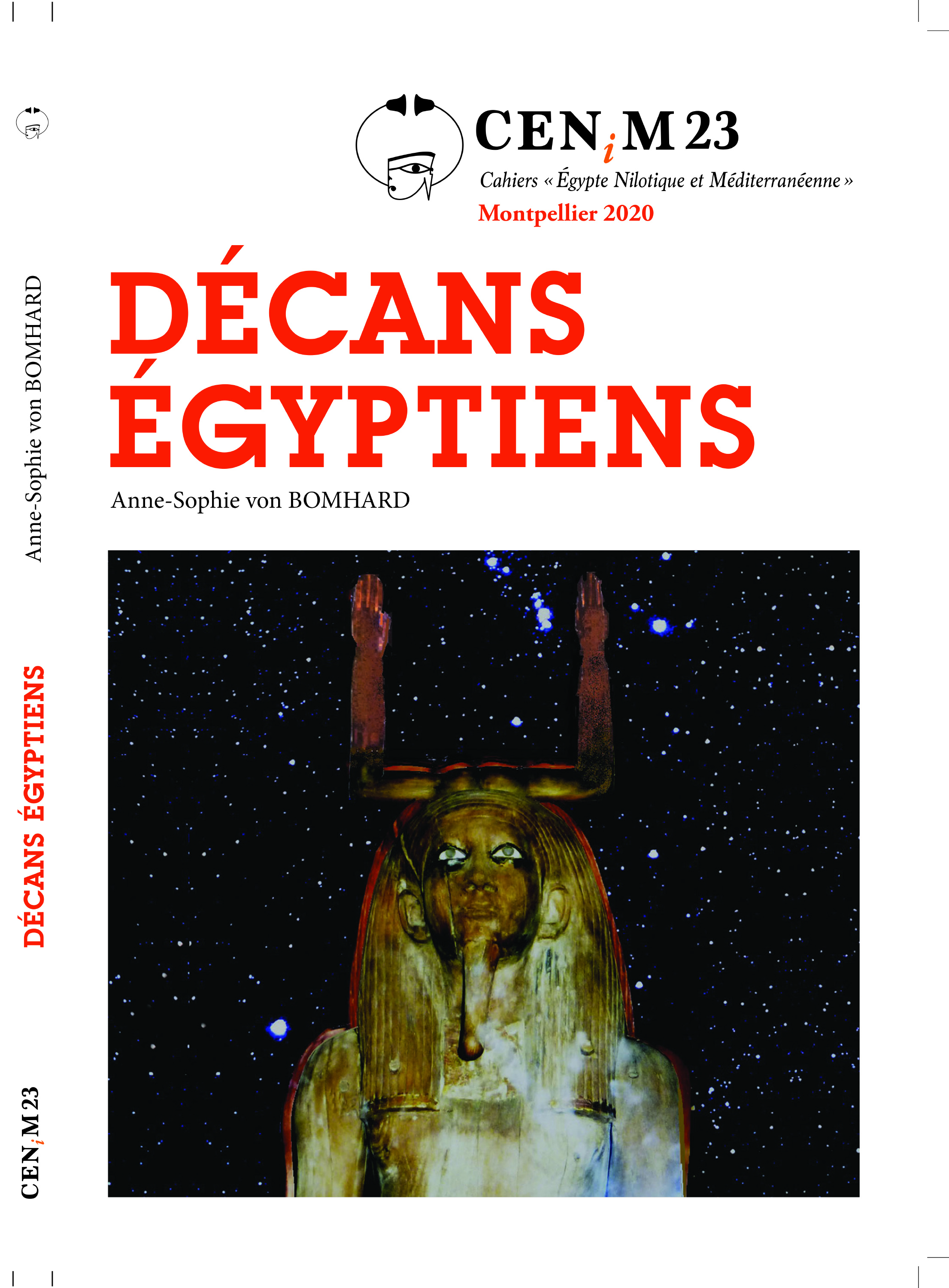 Anne-Sophie von BOMHARD DĂ©cans Ă©gyptiens, CENiM 23, Montpellier, 2020 — (2020)
Anne-Sophie von BOMHARD DĂ©cans Ă©gyptiens, CENiM 23, Montpellier, 2020 — (2020) 
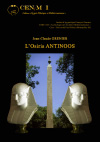 Jean-Claude Grenier L'Osiris ANTINOOS, CENiM 1, Montpellier, 2008 — (26 dĂ©cembre 2008)
Jean-Claude Grenier L'Osiris ANTINOOS, CENiM 1, Montpellier, 2008 — (26 dĂ©cembre 2008) 
TDENiM - Mise en ligne des volumes Ă©puisĂ©s : 
 Twitter
Twitter 3817045 visites - 665 visite(s) aujourd’hui - 41 connecté(s)
© ENiM - Une revue d’égyptologie sur internet
Équipe Égypte Nilotique et Méditerranéenne - UMR 5140 - « Archéologie des Sociétés Méditerranéennes » (Cnrs) - Université Paul Valéry - Montpellier III
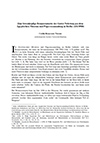
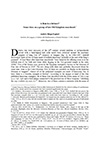
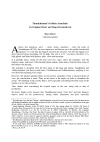
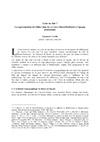
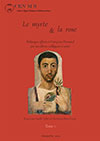
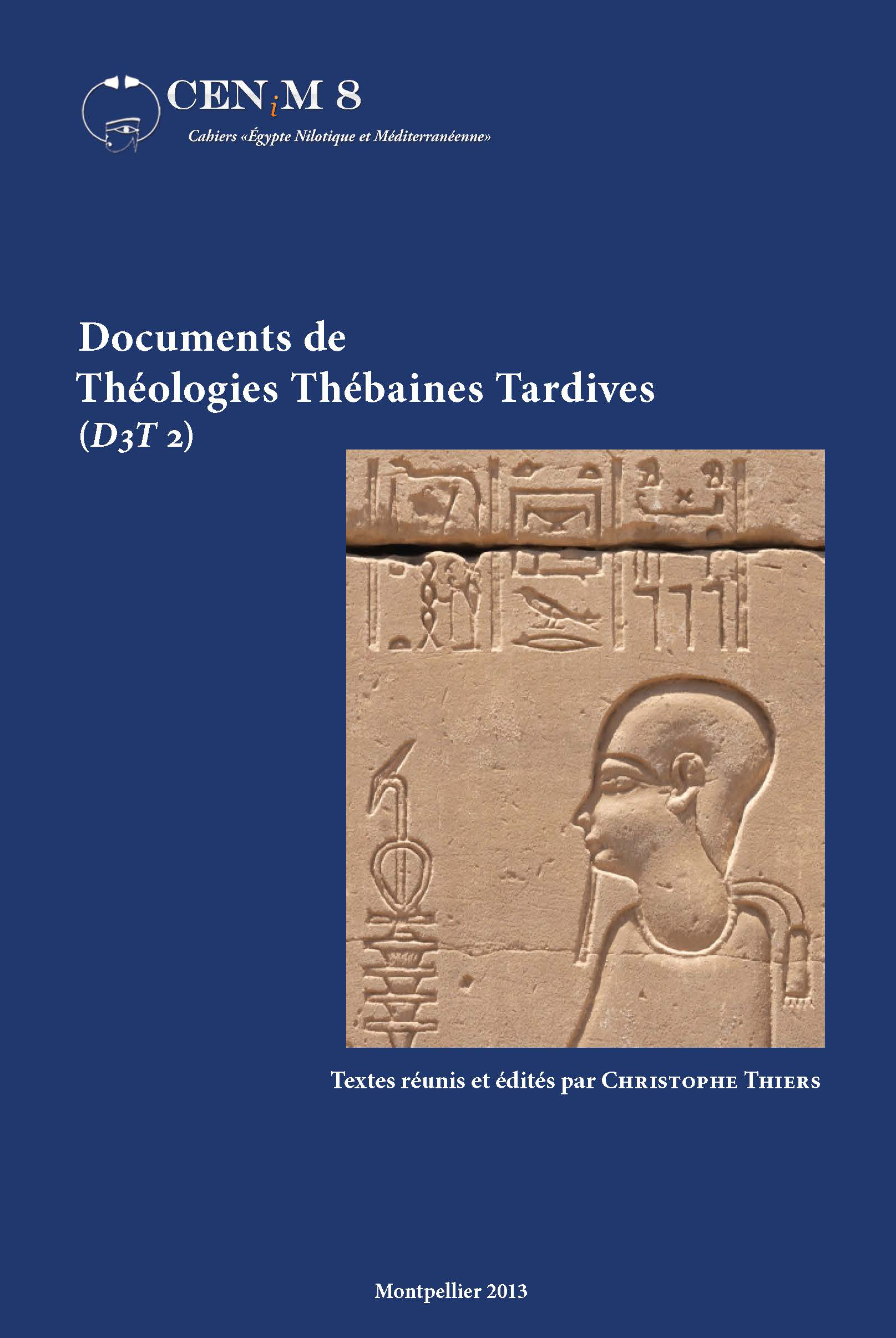
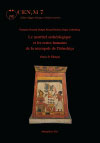
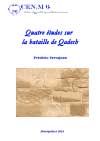
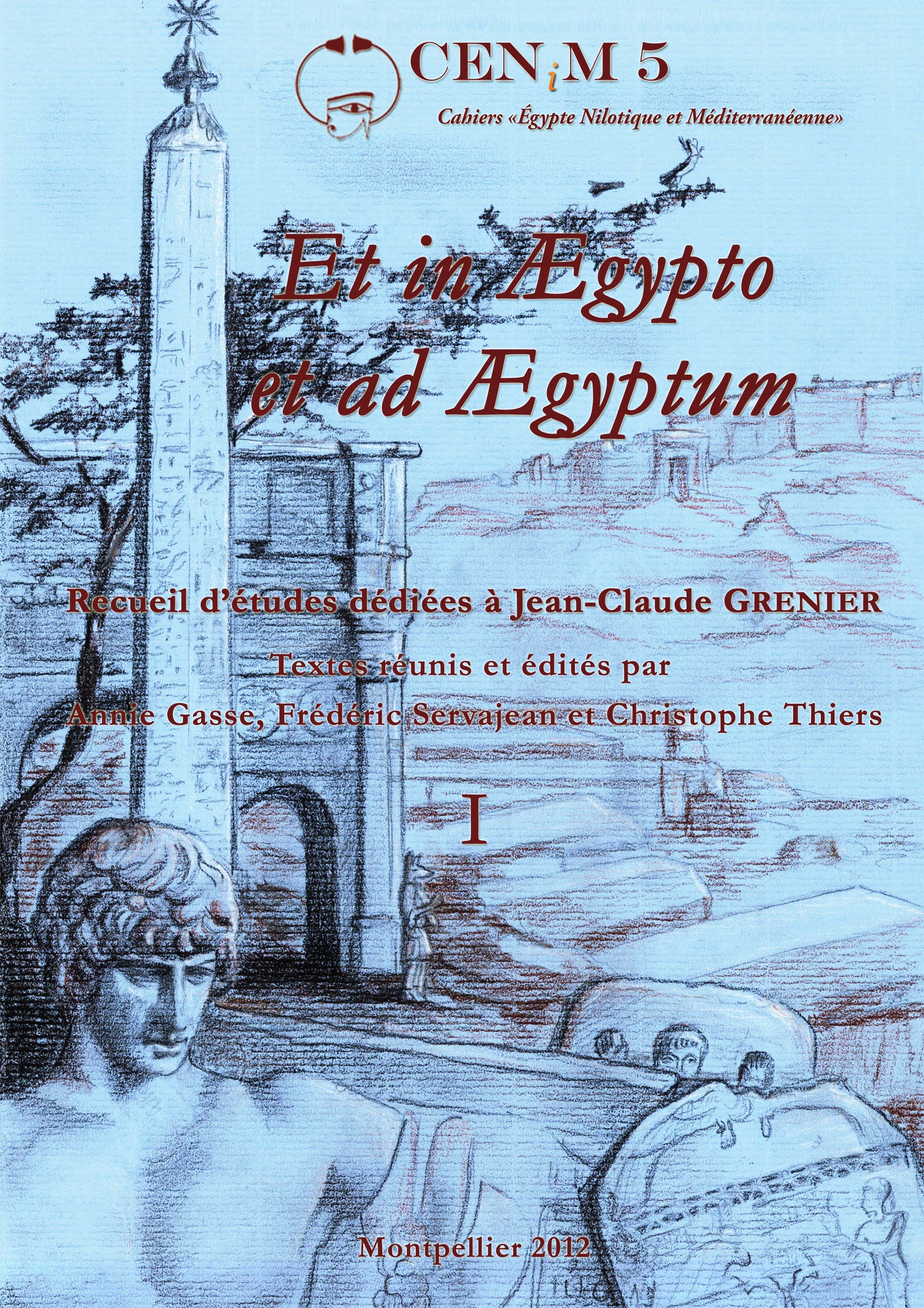
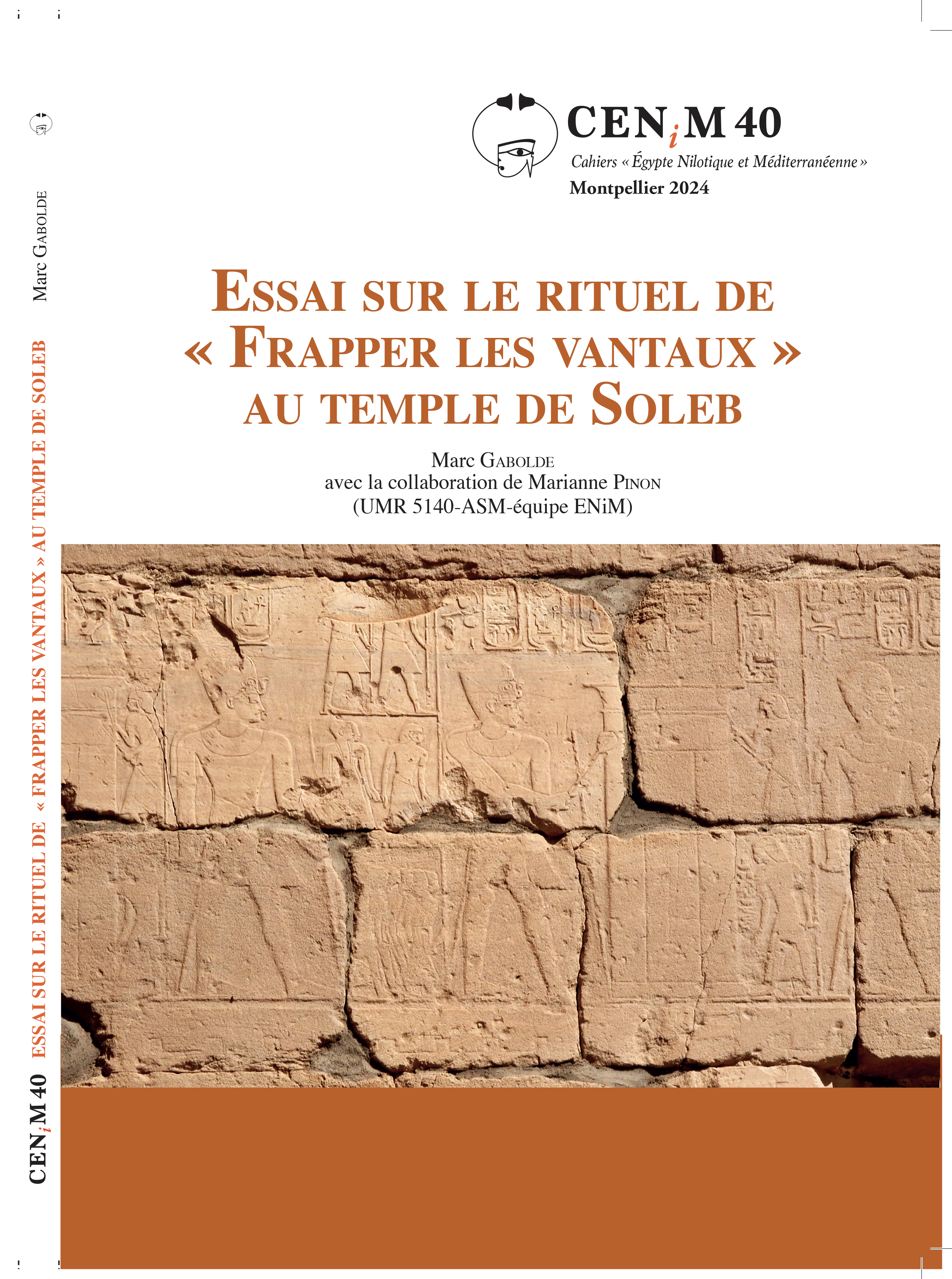
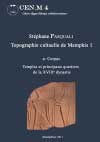
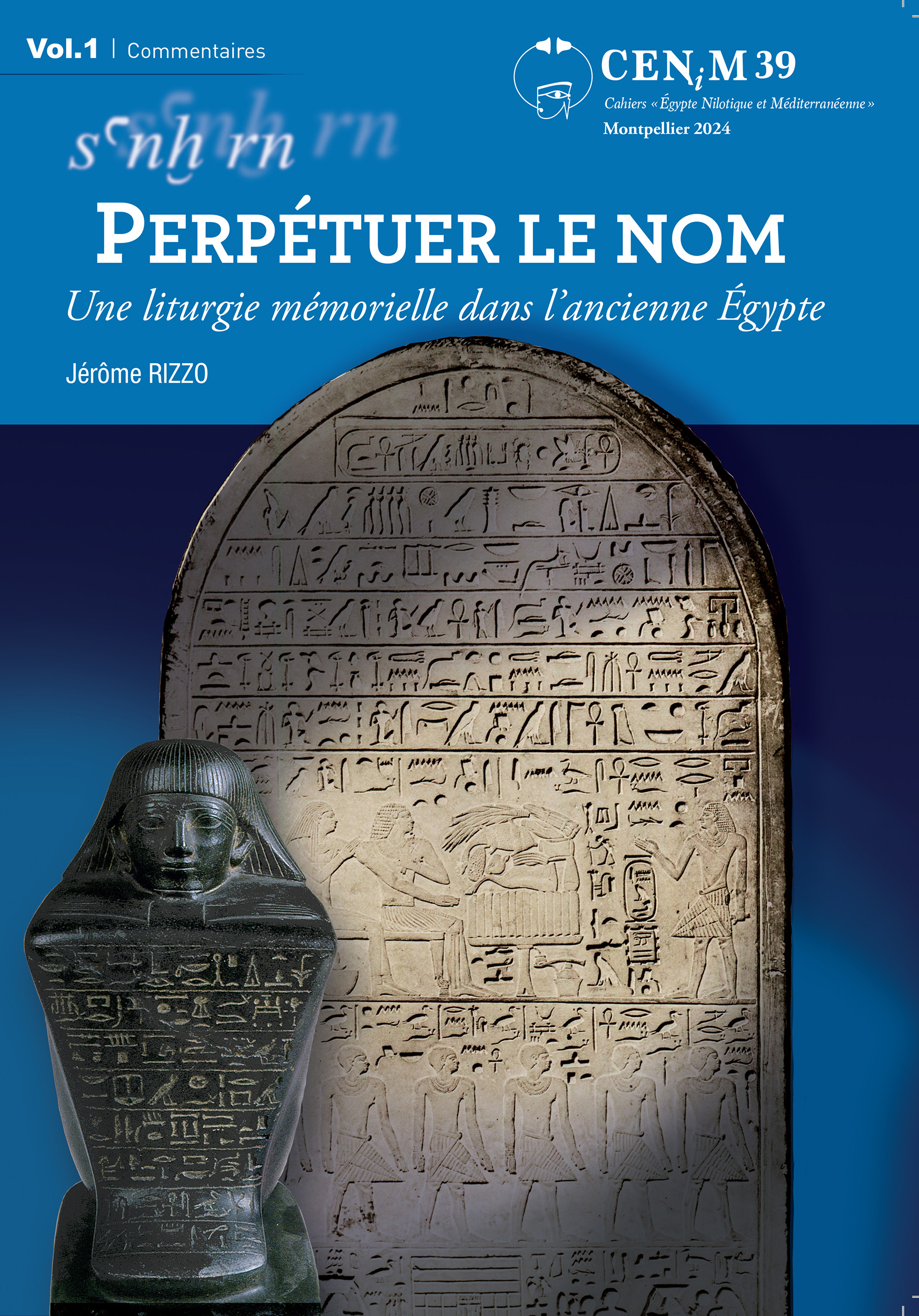
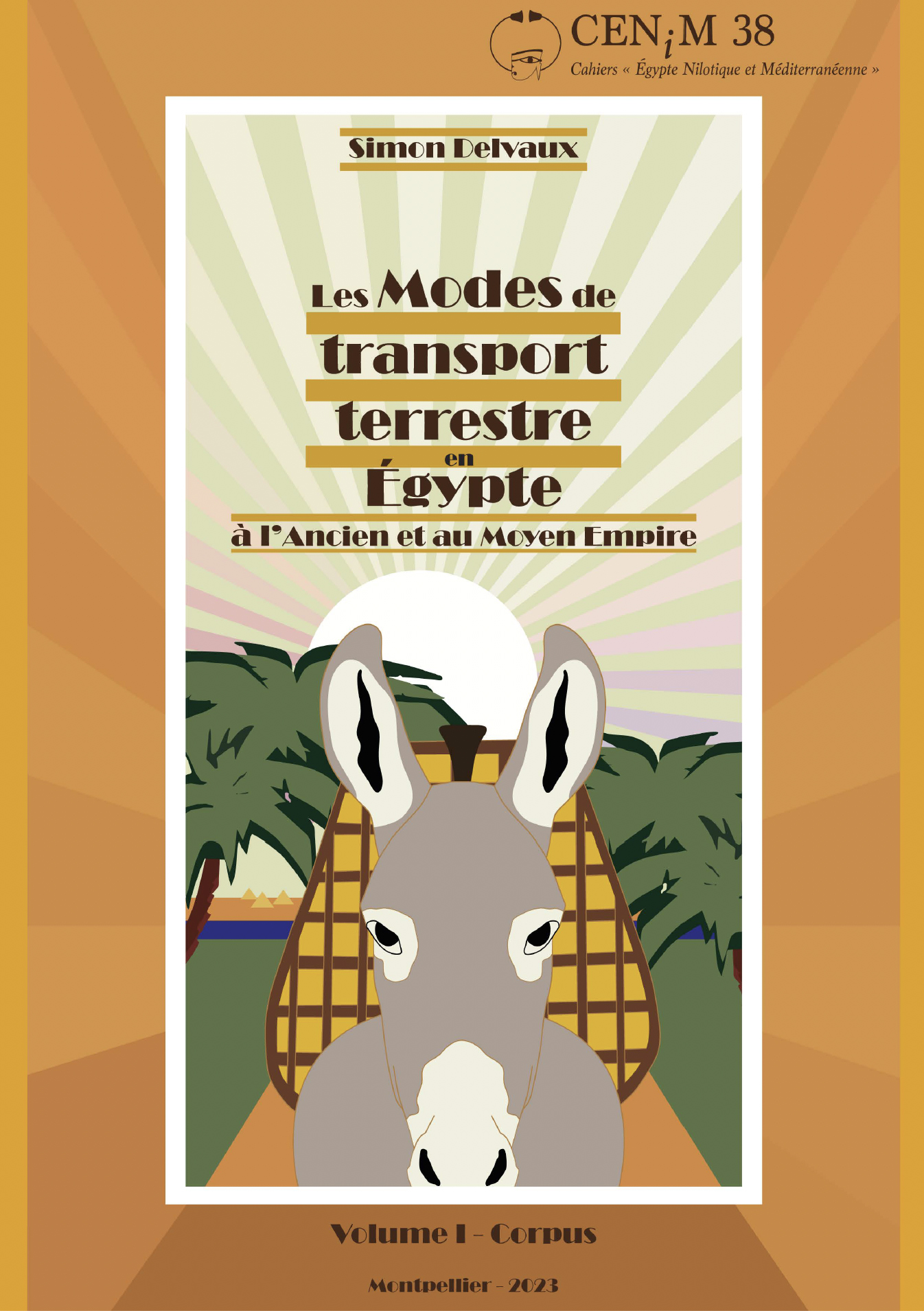
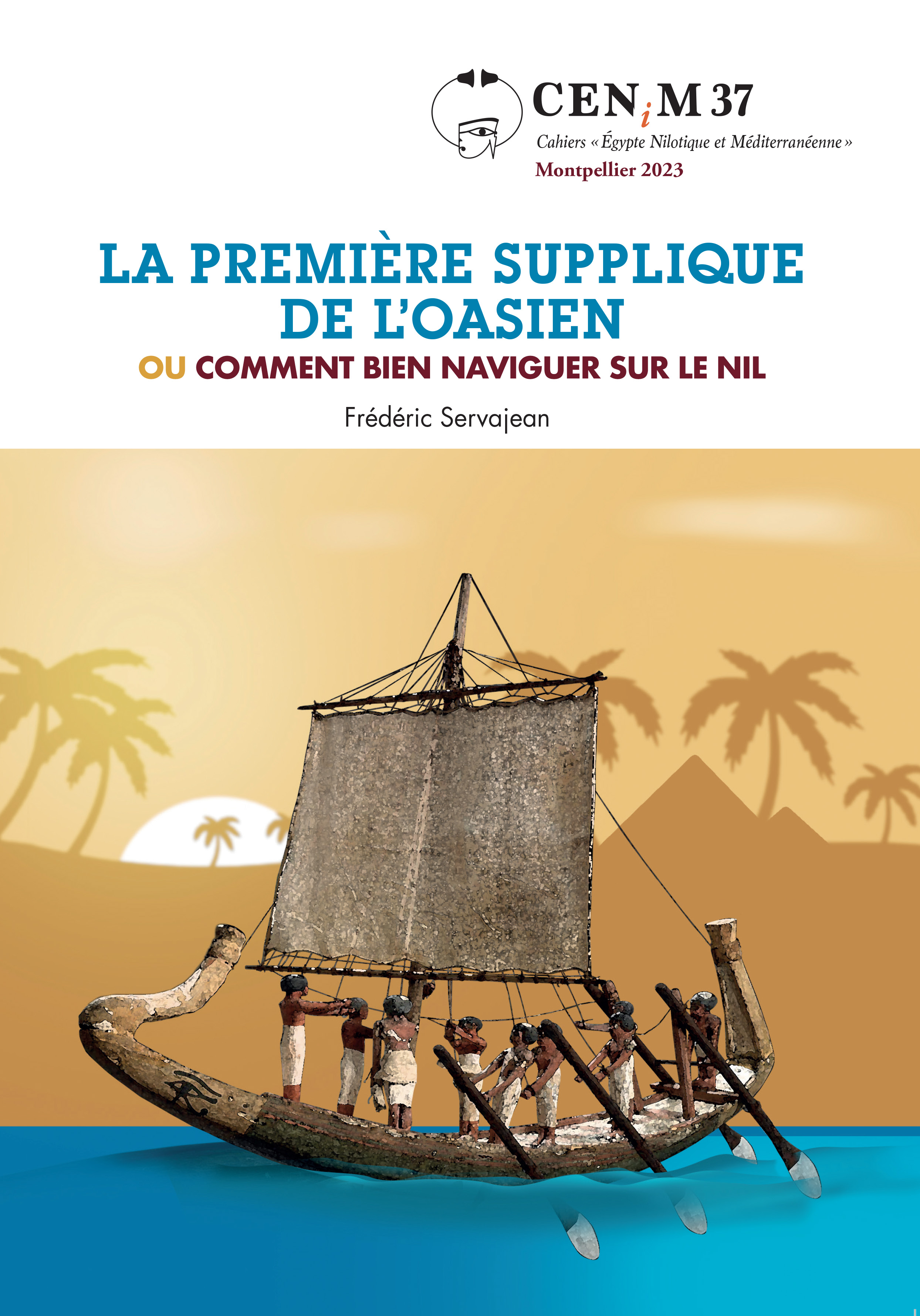
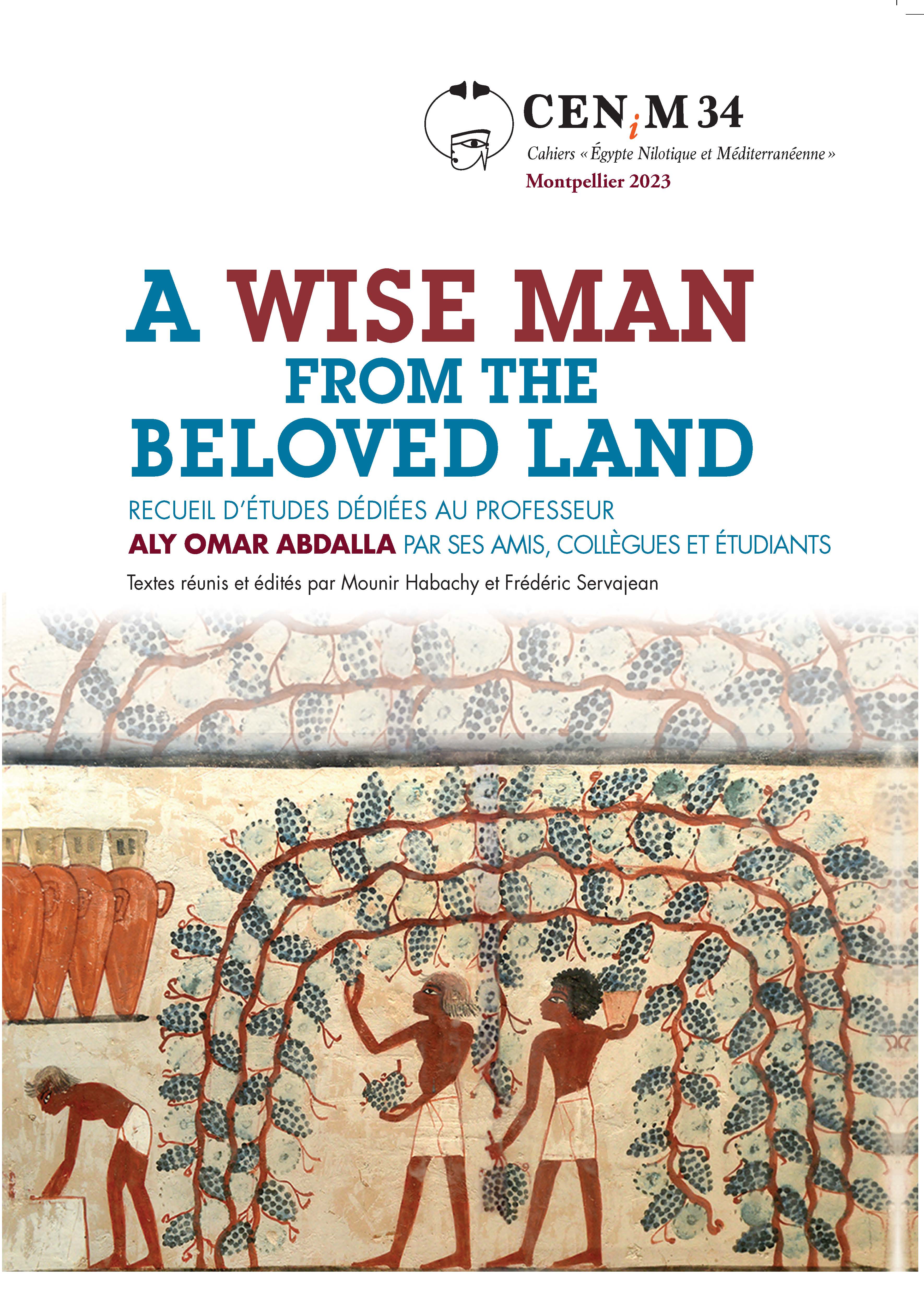
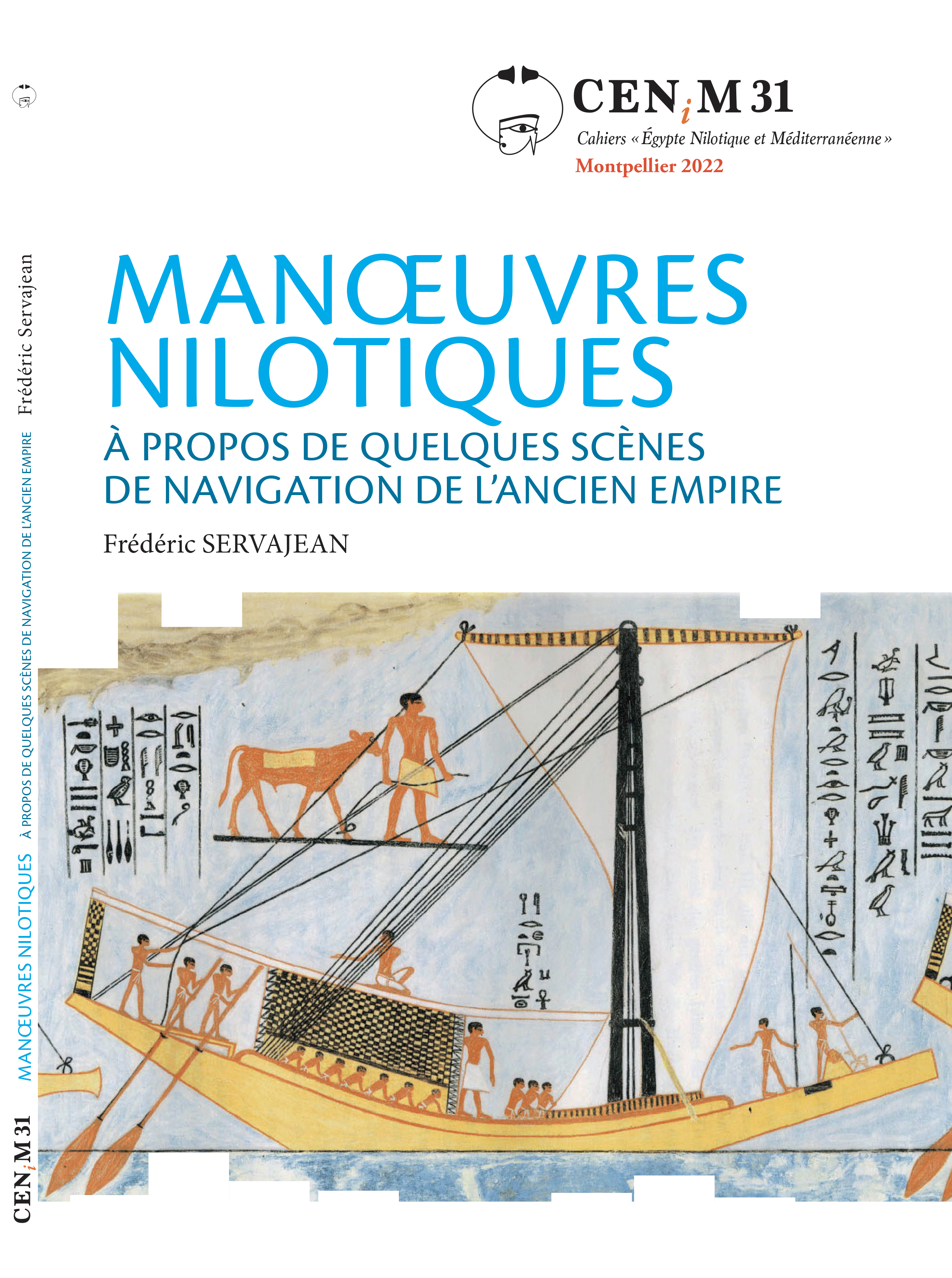
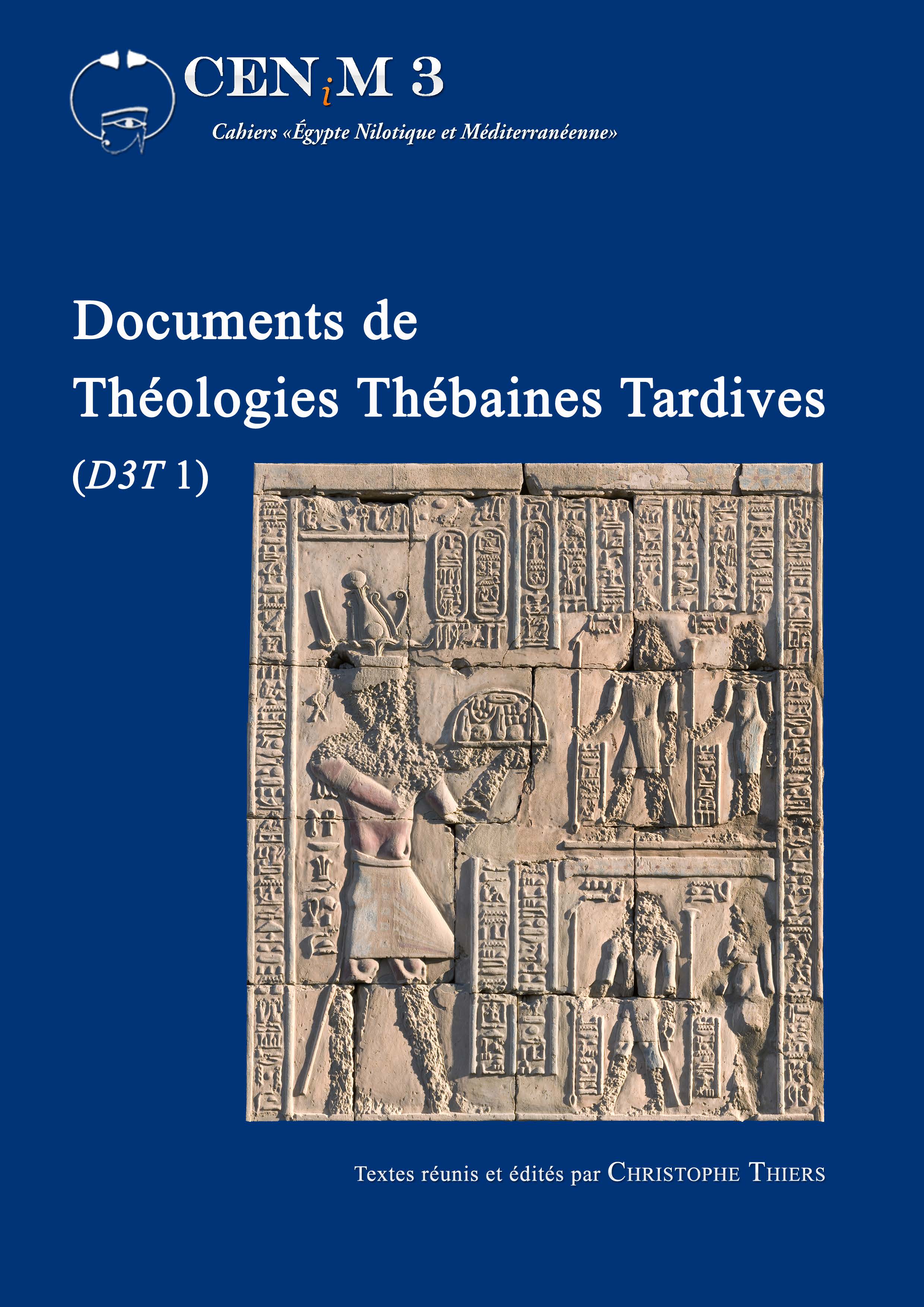
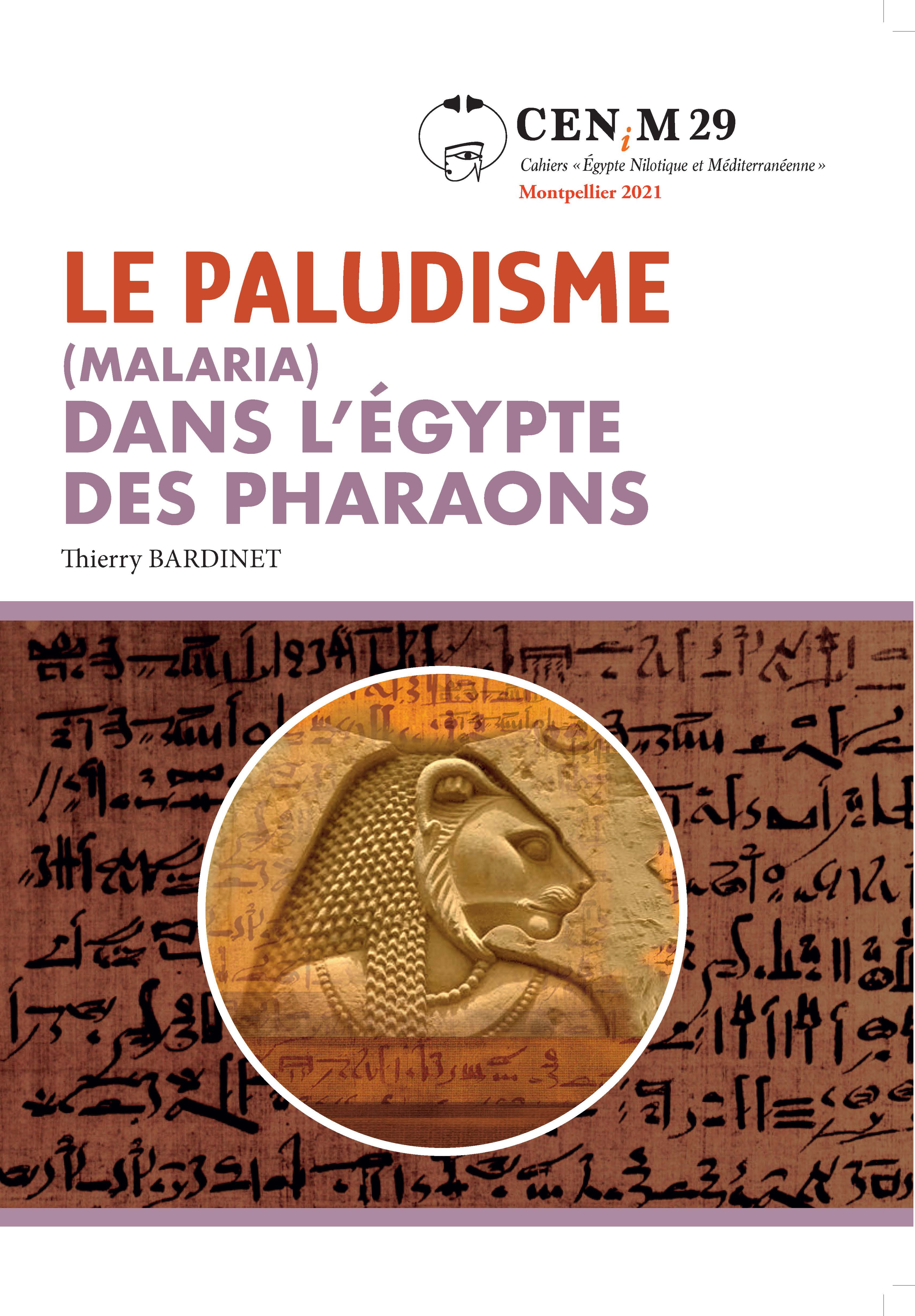
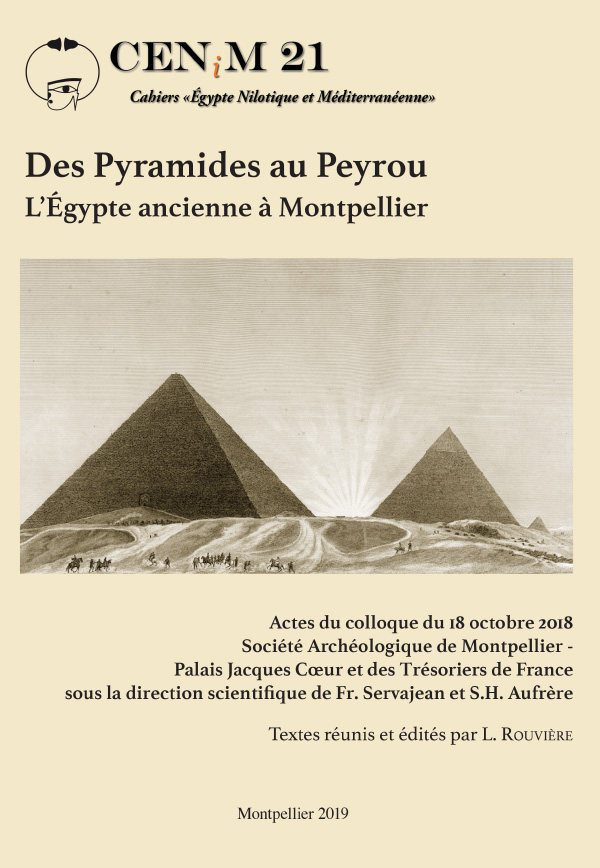
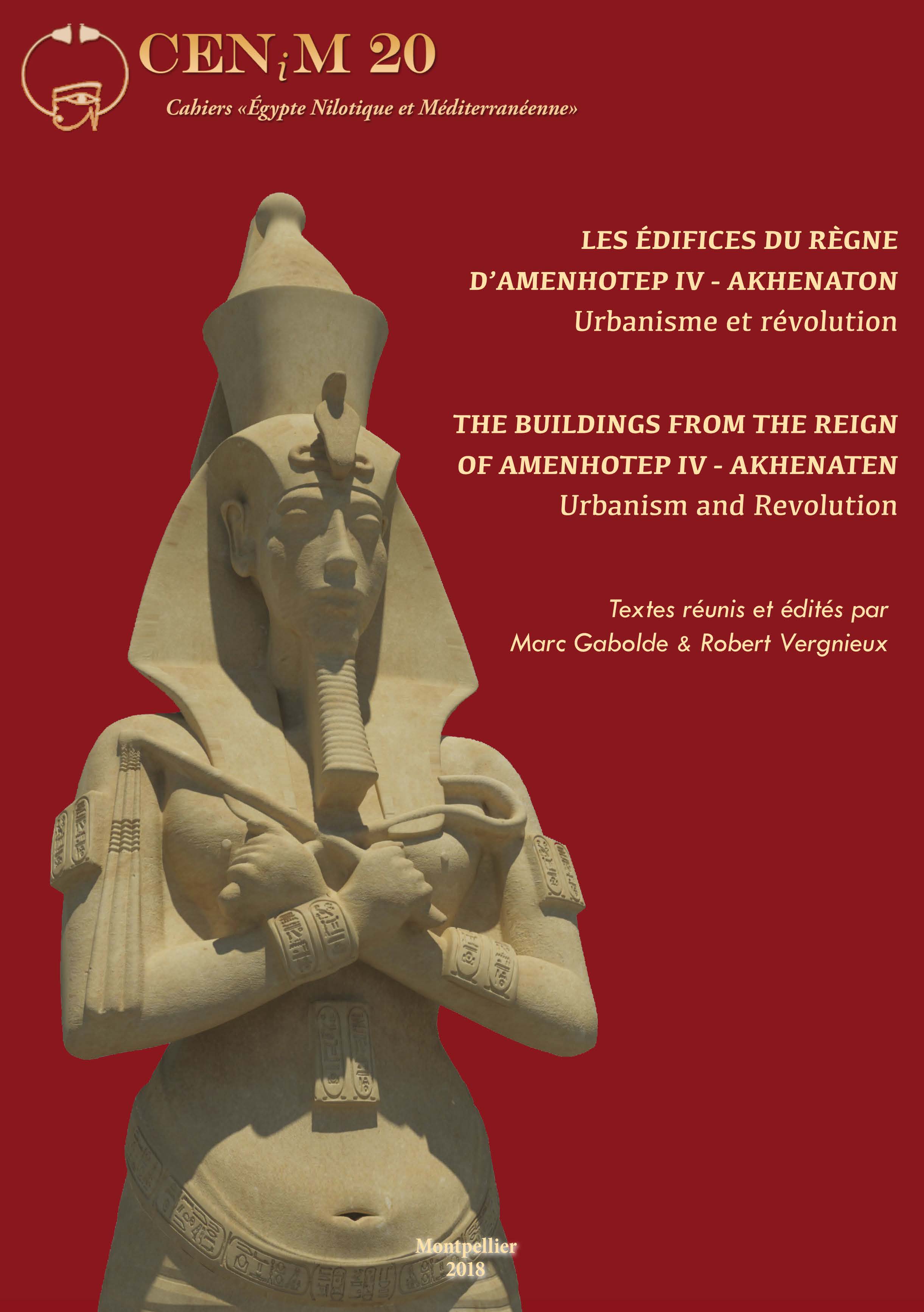
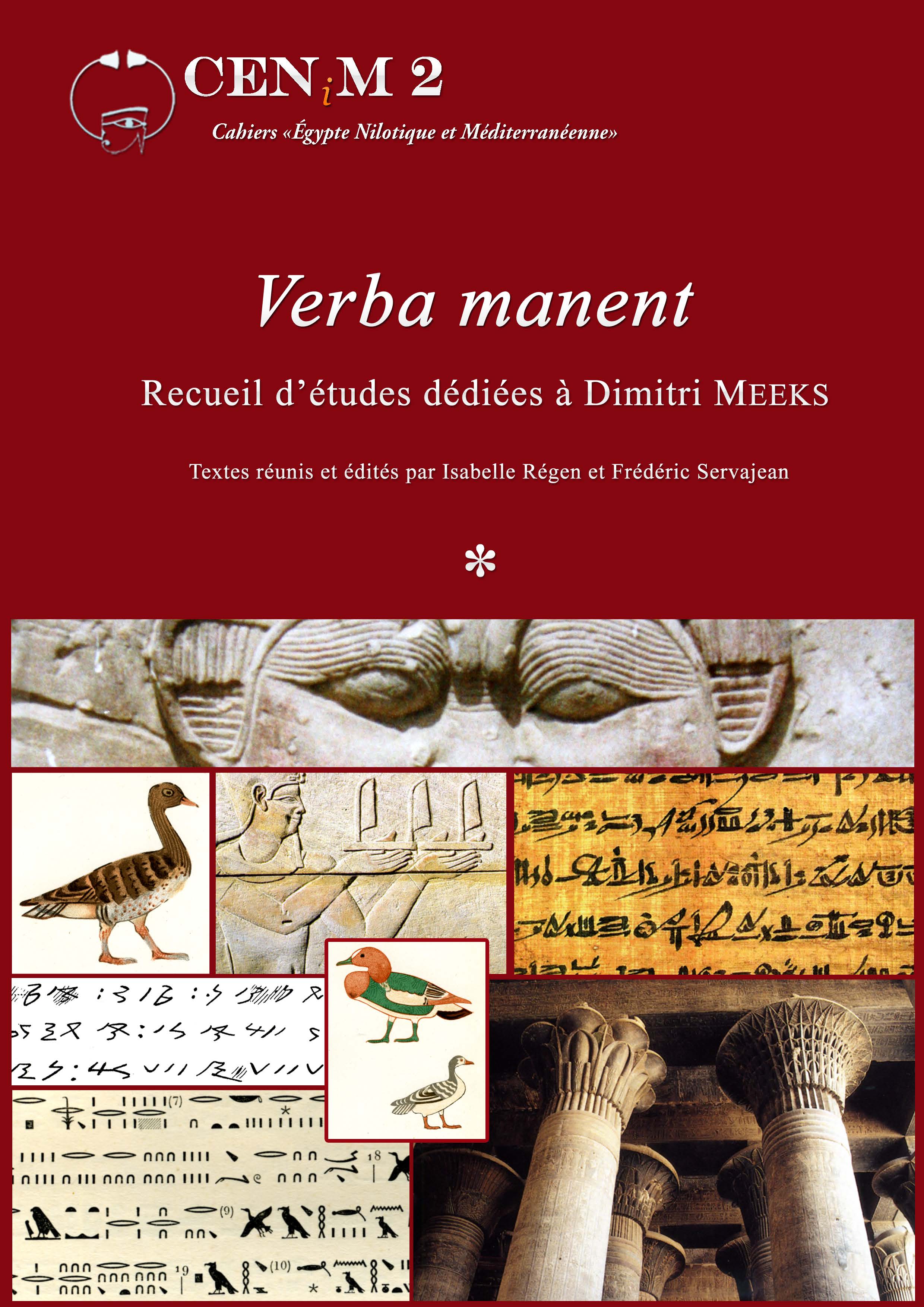
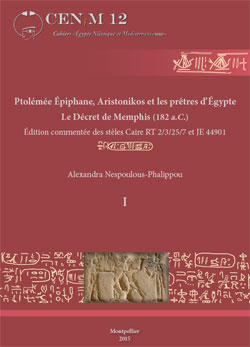
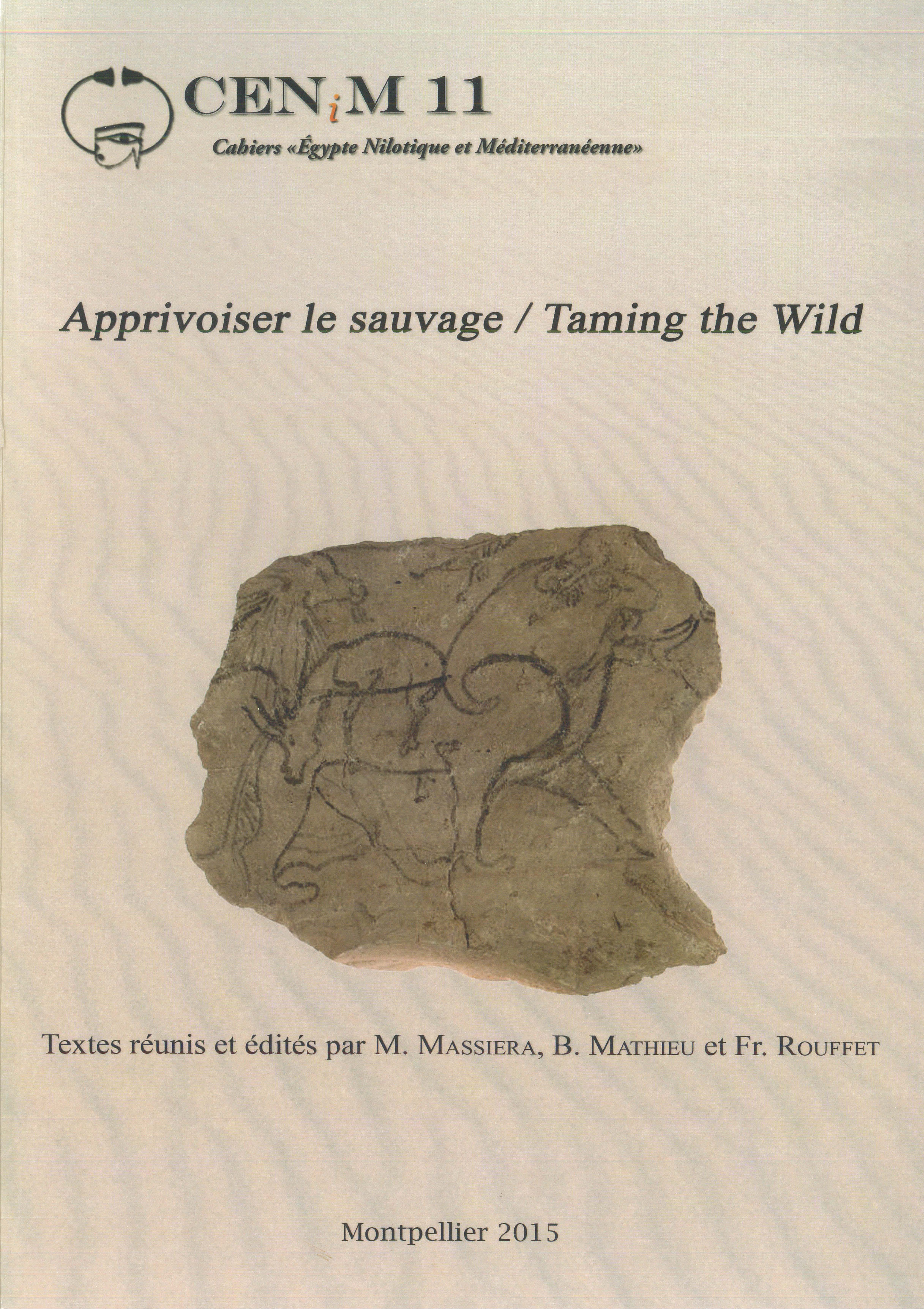

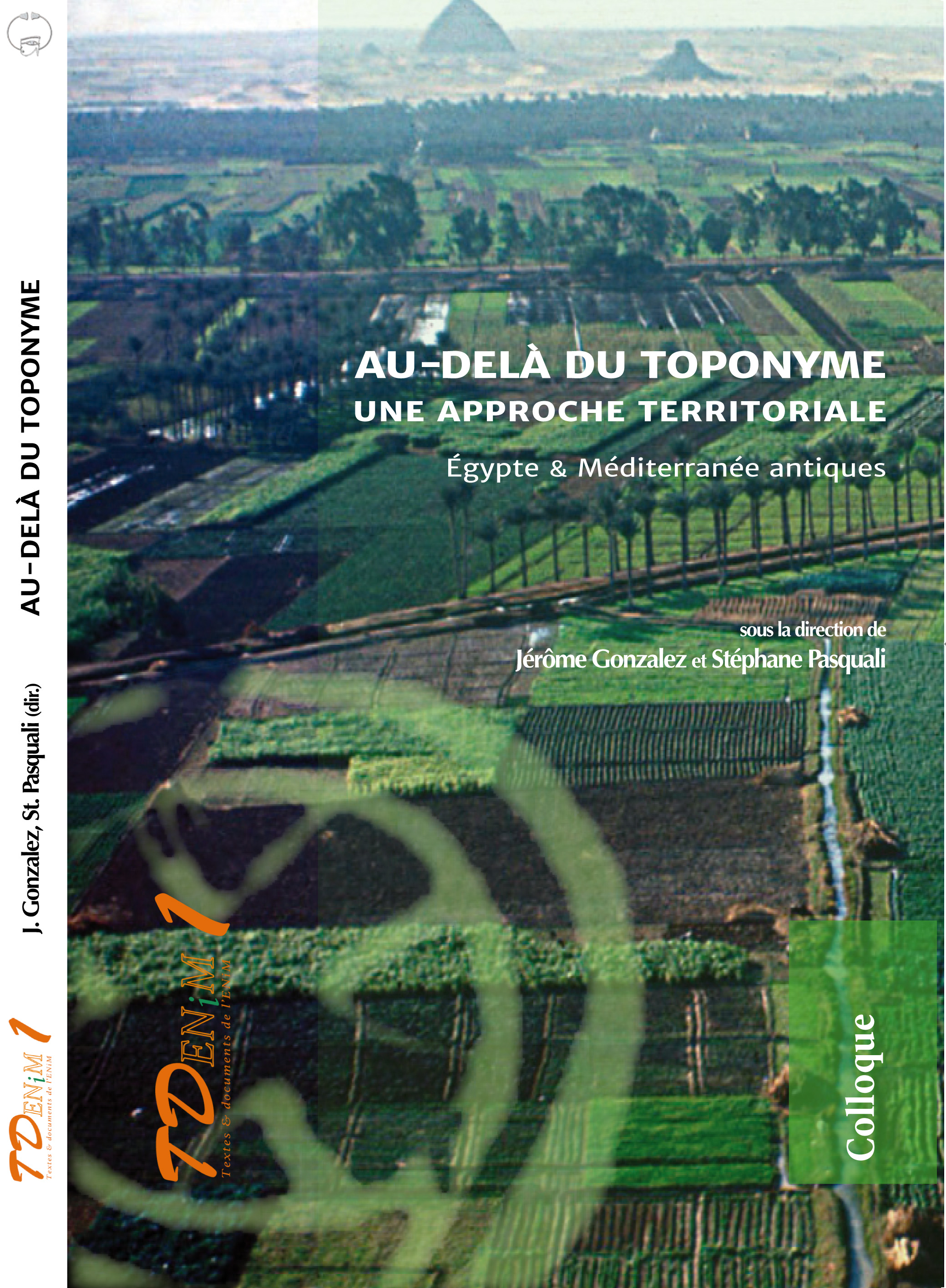
 Contact
Contact
 Abonnez-vous !
Abonnez-vous ! Équipe Égypte Nilotique et Méditerranéenne
Équipe Égypte Nilotique et Méditerranéenne UMR 5140 « Archéologie des Sociétés Méditerranéennes » (Cnrs)
UMR 5140 « Archéologie des Sociétés Méditerranéennes » (Cnrs) Université Paul Valéry - Montpellier III
Université Paul Valéry - Montpellier III